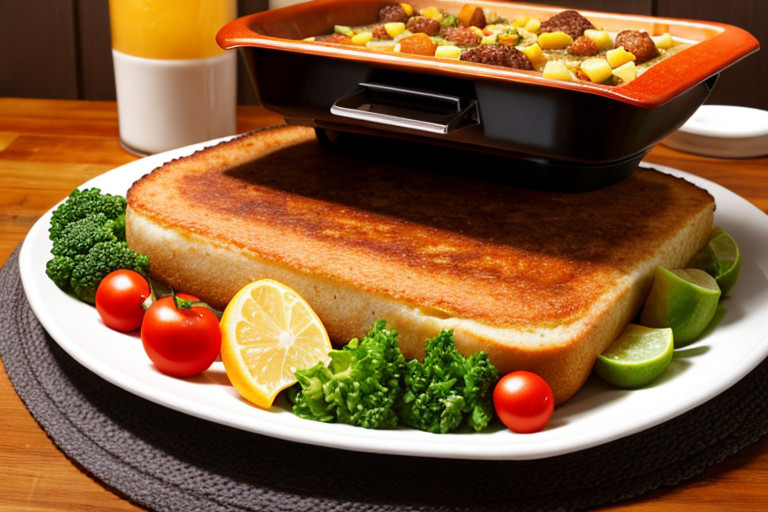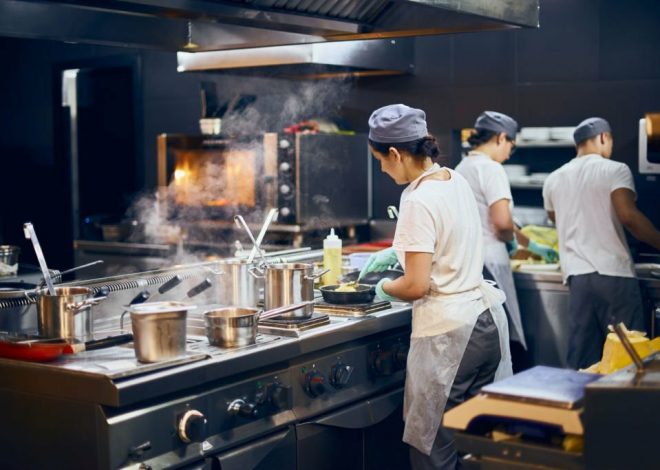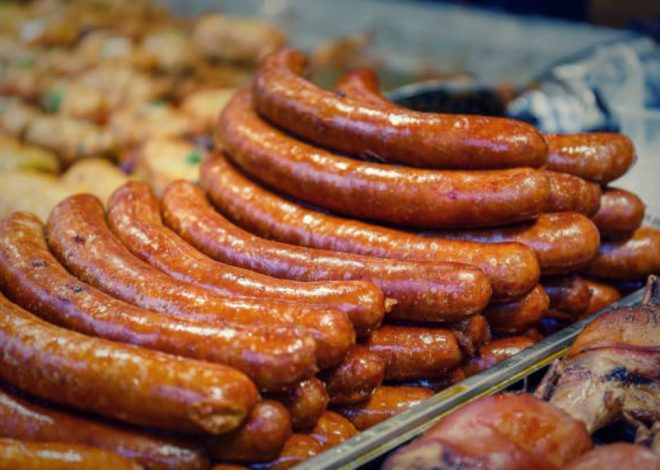
Five Reasons To Avoid Food Warmers For Parties Which Use Chaf
It is quite exasperating to receive cold food items at an event or party to which you have been invited. The delicious looking dishes served by caterers can end up tasting awful if served cold and stale.
Owing to this, the catering companies utilize open flames to serve hot food to the guests attending any outdoor event. But, all types of fuel that can create an open flame, including chafing fuel, are hazardous to human health and can also cause accidents conflagration.
What is Chafing Fuel?
Chafing fuel is available as a liquid or gel fuel that can create an open flame. It usually comes in small metal containers that have varied burn time options.
While some chafing fuel containers are available with a set burn time, like two, four, or six hours, others come with adjustable heat levels that can be turned up or down.
Food heaters that make use of chafing fuel do not need any electricity in order to work. So, traditional chafing fuel heaters enable a caterer to serve hot food anywhere, even if there is no power outlet available.
Chafing fuel can be availed in one of two varieties – namely gel fuel and wick fuel. There are two categories of wick fuel, both of which use clean glycol. This fuel involves lower risk than gel fuel because glycol is not combustible without a wick.

On the other hand, two types of gel fuel can be found, known as ethanol (pink) and methanol (blue). This fuel can be efficiently used in windy conditions, unlike wick fuel. However, gel fuel is a highly flammable liquid that can easily cause a fire if not properly handled..
There are some potential risks associated with using conventional chafing fuel at catering events. Take a look on the reasons why you should avoid using chafing fuel as catering heaters.
Five Reasons to Shun the Use of Chafing Fuel as Catering Heaters
1. Working with Fire Poses Danger
Caterers have been using fire as the source of heat to serve hot food to their customers since the origin of chafing fuels in the early 1900s. Fire is always inconvenient to work with and involves many risks and hassles. There have been many cases of accidents while working with fire, or injuries caused by the open flames created by chafing fuel.
Moreover, catering personnel need to check the temperature of the fuel, observe if the fuel has been exhausted or not, and also check to ensure that there is water in the chafing dish that heats the pan containing the food above it. Keeping track of such miscellaneous things during an event or party can be difficult and may lead to accidents caused by negligence or absent-mindedness.
2. Emission of Smoke from Chafing Fuel Can be Harmful
The smoke released by chafing fuel when it is burned can cause respiratory and nasal irritation making for an unpleasant and potentially unhealthy situation for the guests and attendees.
It can have an adverse effect on the health of those who inhale it. This poses an additional risk for the catering professionals, who are always exposed to the fumes of the chafing fuel.
Inhaling these fumes can greatly harm their health and compromise their long-term well-being. So, it is better to avoid using chafing fuel for operating catering heaters.

3. Creates an Unsafe Working Environment
The food service industry has perilous working conditions that can adversely affect the workers’ health. Food-service providers such as caterers, usually use chafing fuel to keep the food items hot.
But, this fuel has some disadvantages that can be quite disastrous to the people preparing and serving the food.
Gel fuel contains ethanol that dries out the skin if it remains in contact with the fuel for a long time. If this fuel is ingested by accident, the victim can get intoxicated, and it may even result in a damaged nervous system if consumed in large amounts.
Another perilous feature of this fuel is the fire that it creates in order to facilitate heating. Burning chafing fuel creates an open flame, which makes for an unsafe and hazardous working environment.
Alternatively, fire-free heating equipment can be used instead of these open flame catering heaters in order to enhance safety and prioritize the health of the guests and the workers.
4. Leads to a Higher Carbon Footprint
Chafing fuel canisters are generally thrown away in unsafe conditions after being using. Sometimes, gel or liquid fuel remains inside the containers even after disposal.
This leftover fuel may contaminate the soil, drinking water, and even the air that we breathe. This can cause health issues in the local residents. So, the best solution to this adverse environmental impact is to avoid using chafing fuel in catering heaters whenever possible.
5. Time Consuming and Expensive
Using chafing fuel to warm food leads to ample wastage of money and time. Caterers need approximately 30 minutes to 1 hour in order to set up the whole food warming unit before any event.
Each chafing dish takes about 30 minutes to 45 minutes in order to be set up for use, and requires one or two staff members to prepare it.
Additionally, before packing up, the caterers have to wait at least ten minutes to allow the fuel to cool down before expelling the hot water from the chafing dishes.
Chafing fuel can increase the costs borne by the catering business. There is huge amount of hidden cost associated with utilizing chafing fuel. First of all, considerable time wastage raises the expenses of the catering companies. Next, these companies need to be insured against fire hazards.
The employees may get burnt by the open flames, or may suffer health conditions if they come into contact with the fuel while changing a chafing dish. So, getting appropriate insurance coverage is a must for catering companies, which is an additional cost that needs to be borne by them.
In Conclusion
Chafing fuel involves a lot of risk when used to operate catering heaters. Due to this reason, it is losing its popularity among the food service providers gradually. Instead, easy-to-use and fire-free heating systems, electric chafer heaters, and electric chafer warmers are widely used by caterers nowadays.



